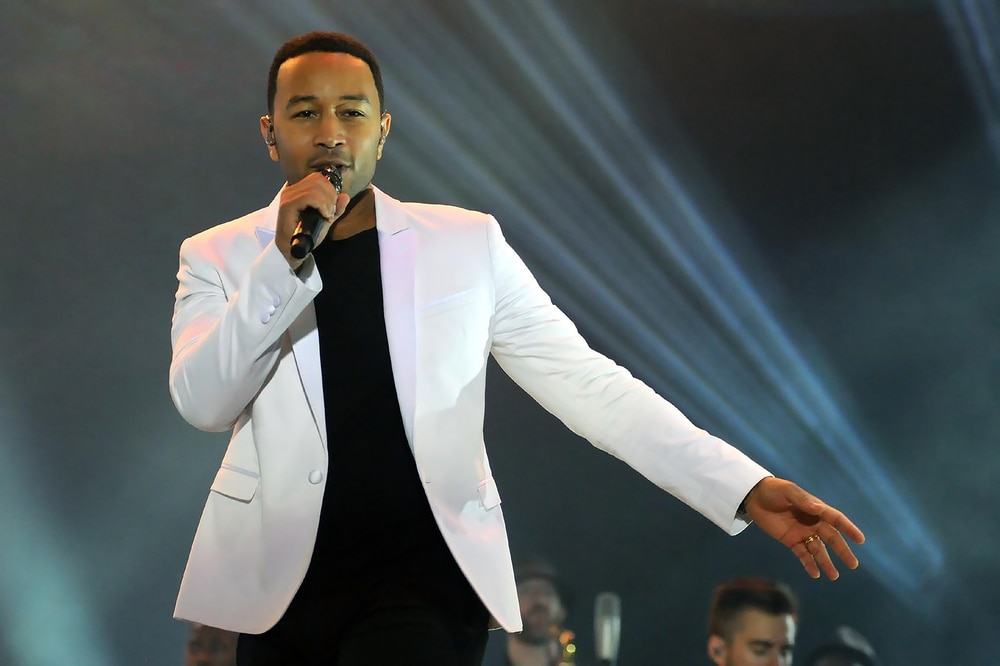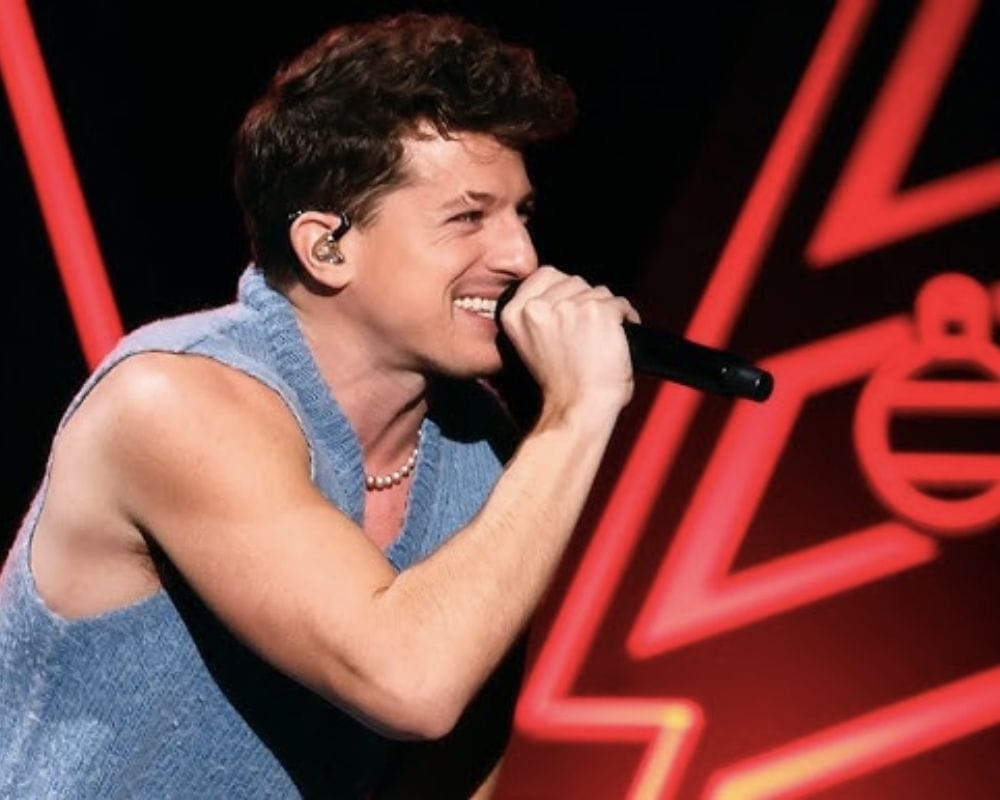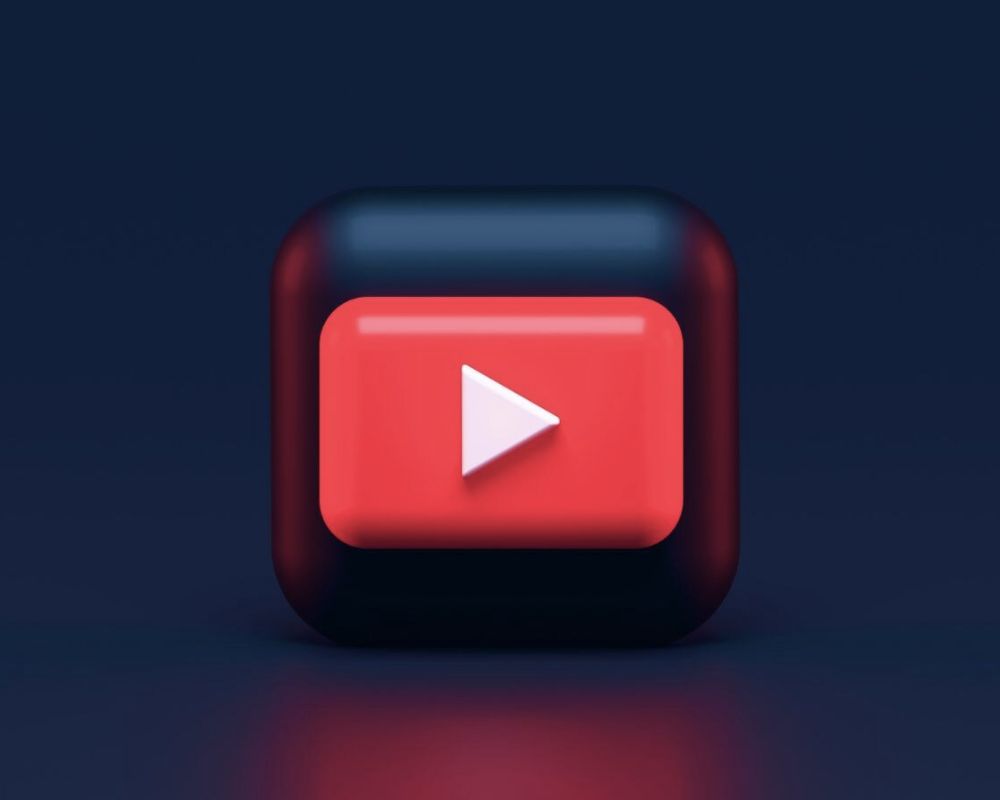
In a world where AI seems capable of almost anything, from writing to painting, it’s no surprise that even music falls within its domain of expertise. YouTube recently introduced a groundbreaking feature—Dream Track, an experimental tool that allows people to make short songs using AI-generated voices from famous artists.
Nine artists have already contributed their voices to the pioneering project: Alec Benjamin, Charlie Puth, Charli XCX, Demi Lovato, John Legend, Papoose, Sia, T-Pain, and Troye Sivan. Let’s take a closer look!
Availability and Development
Tailor-made for YouTube Shorts, the tool crafts individual songs lasting up to 30 seconds. According to a recent YouTube blog, Dream Track will only be available to selected creators for now.
The tool relies on Lyria, an A.I. music generation model developed by Google DeepMind. These songs will carry an embedded watermark that labels them as A.I.-generated, although it’s impossible for humans to hear this watermark, as mentioned in a Google DeepMind blog post.
Usage of the Tool
Creators start by simply outlining their desired sound and then choose one of the nine participating artists. The tool then generates a snippet of a new song, matching the specified parameters, using the AI-generated voice of the selected artist.

YouTube shared statements from the artists involved, expressing their support for the experiment. However, some people have warned of the potential impact of AI in the music industry…
The Debate About AI Content
A.I.-created music has sparked debate recently. Ghostwriter, a creator, crafted a song named “Heart on My Sleeve” with A.I.-generated vocals resembling Drake and the Weeknd. However, Universal Music Group, the artists’ label, pushed to remove the song from YouTube and other platforms due to copyright concerns after it gained viral attention.

BT, a musician and DJ, also raised concerns, stating that AI-generated vocals could go against an artist’s beliefs.
The Rules Regarding Dream Track
While YouTube has stated that this experiment is meant to bring artists, fans, and creators closer through tech, there are still rules in place for AI-based content on the platform. YouTube has made it mandatory for creators to label realistic A.I.-generated videos. They’ll also establish a process to remove deep fake videos upon request.
Meanwhile, the ethical and legal implications of AI content persist, and tech companies and users are learning together to navigate and figure out the final answer to this growing, and potentially dangerous puzzle.